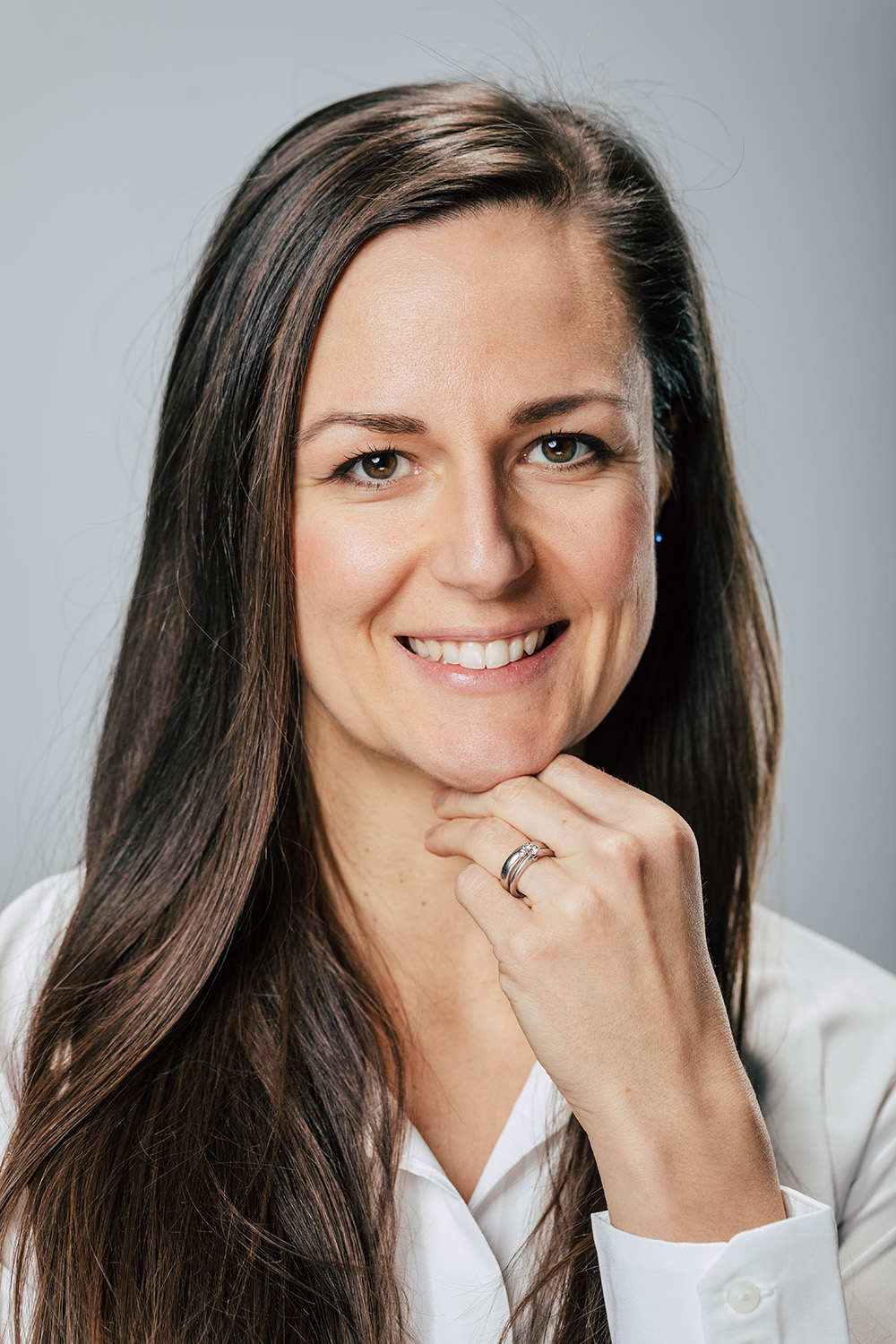Trichoscopy
About
Trichoscopy is a diagnostic technique used to examine the scalp and hair. This method allows for a detailed examination of the scalp to identify the causes of hair and scalp issues, including hair loss, dandruff, itchiness, or other dermatological changes.
Candidate
Trichoscopy is typically used for patients who have various hair and scalp issues, including hair loss, dandruff, itchiness, or other scalp disorders. It is also used to monitor the progress of treatment or therapy for hair issues.
Preparation
Before trichoscopy, patients are generally advised to avoid using hair or scalp products that could distort the results. Avoiding hair dye or other chemical treatments may also be recommended to facilitate a clearer analysis of the scalp.
Treatment
During trichoscopy, a physician uses a special microscope or trichoscope that enables magnified visualization of the scalp and hair. Using this technique, the physician can examine the scalp's condition, hair quality, the presence of damage or inflammatory processes, and other specific characteristics related to hair problems.
Result
Trichoscopy results can provide essential information about scalp and hair health, helping physicians to make a diagnosis and plan appropriate therapy. They can also be used as a reference for monitoring progress during therapy or treatment.
Precautions
To ensure an accurate analysis of the scalp and hair, it is important to follow the physician's instructions during trichoscopy carefully. Additionally, maintaining equipment hygiene and sterility during the procedure is crucial to avoid contamination or potential complications.
F.A.Q.
Trichoscopy is a non-invasive diagnostic technique used in dermatology to examine hair and scalp conditions using a specialized device called a dermatoscope.
Trichoscopy is performed by placing the dermatoscope on the scalp to visualize the hair shafts, follicles, and scalp skin at a magnified level.
Trichoscopy is helpful in diagnosing various hair and scalp conditions, including alopecia (hair loss), hair shaft disorders, and scalp infections.
Trichoscopy is a non-invasive procedure and is generally painless. It does not involve any injections or incisions.
The trichoscopy procedure is relatively quick and typically takes only a few minutes to complete.
Trichoscopy is usually performed by dermatologists or specially trained medical professionals with expertise in hair and scalp disorders.
Trichoscopy is considered safe, as it does not cause any harm or side effects to the scalp or hair follicles.
Yes, trichoscopy can provide valuable information to differentiate between different types of alopecia, such as androgenetic alopecia, alopecia areata, and telogen effluvium.
Yes, trichoscopy can be used to monitor the effectiveness of treatment for various hair and scalp conditions over time. It allows dermatologists to assess treatment outcomes and make necessary adjustments.
The frequency of trichoscopy depends on your hair and scalp condition and the recommendations of the dermatologist. It is common for trichoscopy to be repeated for monitoring treatment progress or in case of any changes in hair and scalp condition.

Send an inquiry for the treatment
Start your way towards a successful treatment today. Fill out the form with your data, choose the service you need and we will connect you with the top medical experts in Zagreb.